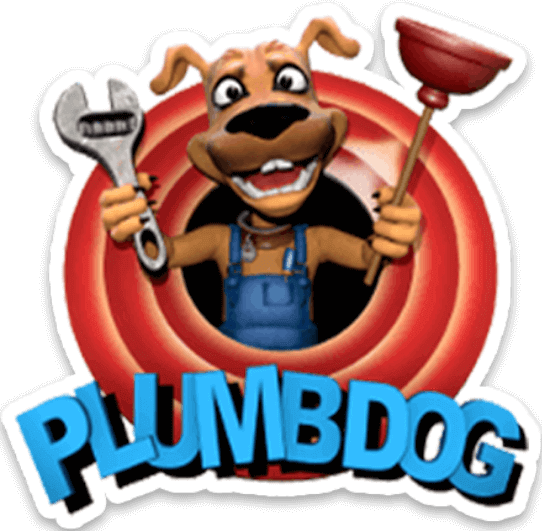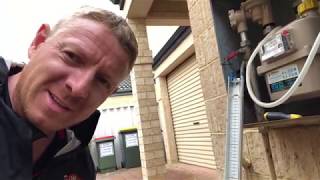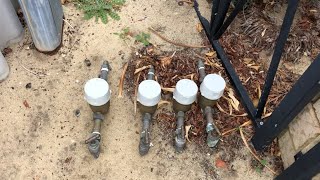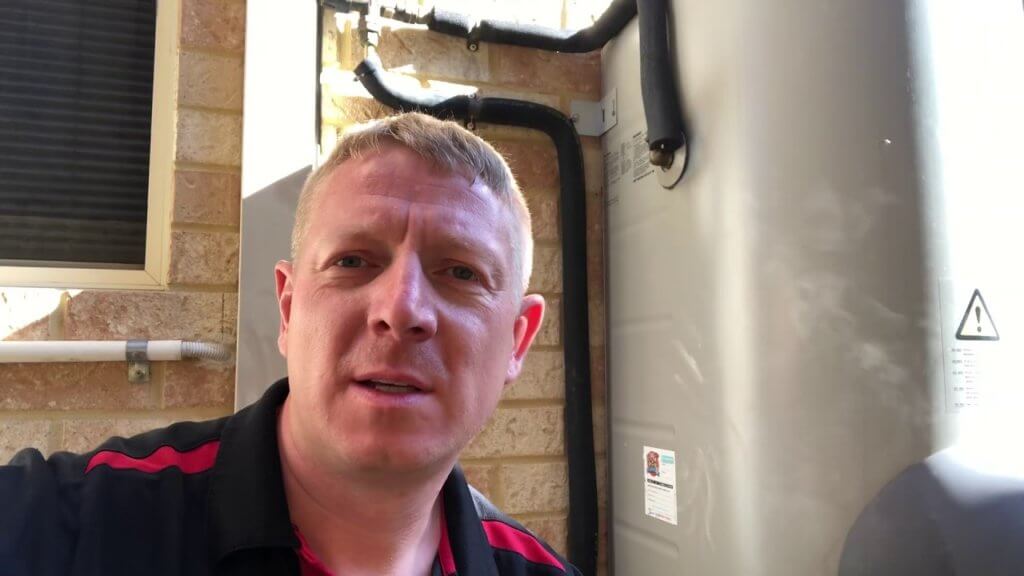- Tree Roots – The most common offenders of blocked drain problems. This property had tree root ingress in multiple locations.
- CCTV Footage – Check out our CCTV footage from the job
- Plumbdog has All The Gear and Every Idea. Check out more of our VLOGS here!
In this video one of our top dogs Rich takes us to a property in Langford where this property had blocked drains. Using CCTV for inspection and high pressure water jetter combined, he has been able to clear the roots away.
Tree roots tend to grow in close proximity to moisture; as a result, they get attracted to the water pipes, causing massive damage. Rich is an experienced Plumbdog and knows how to sniff out problems when it comes to fixing blocked drains.
The Video
In today’s video, we see how Rich clears roots as far along as 11 and 14 meters from the inspection point creating blocked drain problems in multiple locations. He gives us a close up look of the process and some CCTV video footage of the job at hand. It’s not something everyone gets to see so we hope you enjoy the video.
The Blocked Drain
An underground pipe has tree root ingress creating a blocked drain issue. The pipe is surrounded by thick tree roots, which have cracked open the pipe from multiple points. Tree roots are a common problem and if you have been following our videos, you’ll notice that no two jobs are the same.
Another complication discovered comes from a bad fitting from when the pipe changes from earthenware to PVC where it’s not aligned correctly and is not fitted properly. Upon further inspection, there are also multiple locations in joining areas where tree roots have penetrated through.
The Solution
With his expertise, Rich uses our locally custom made high water pressure jetter down the access point, which helps in rapidly unclogging the congestion. The combined high pressure water jetter and CCTV allows us to effectively remove the tree roots in multiple problem areas and inspect that the job is done right.
In combination with the latest tools of the trade and experience, our obedient Plumbdogs are able to get the job done quickly and efficiently saving our customers time and money. This is why we say we have ‘all the gear and every idea’.






